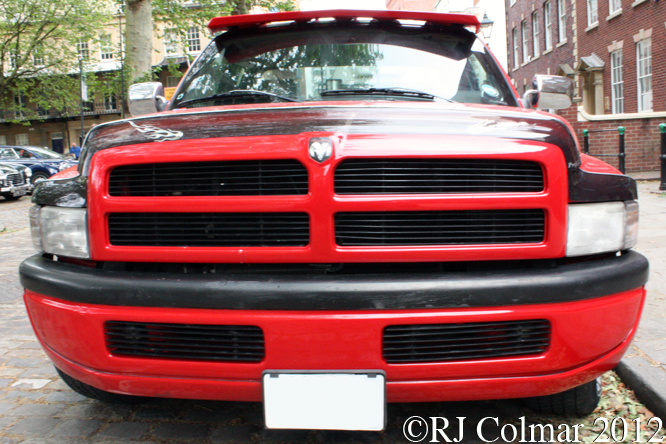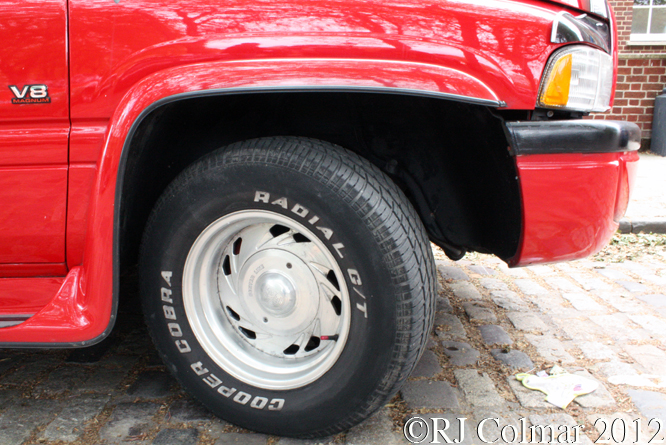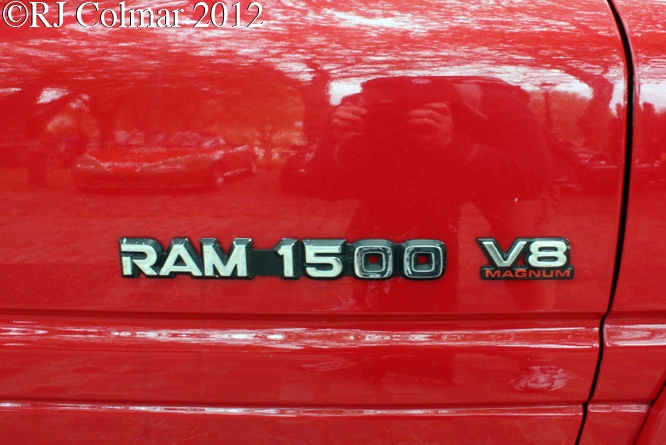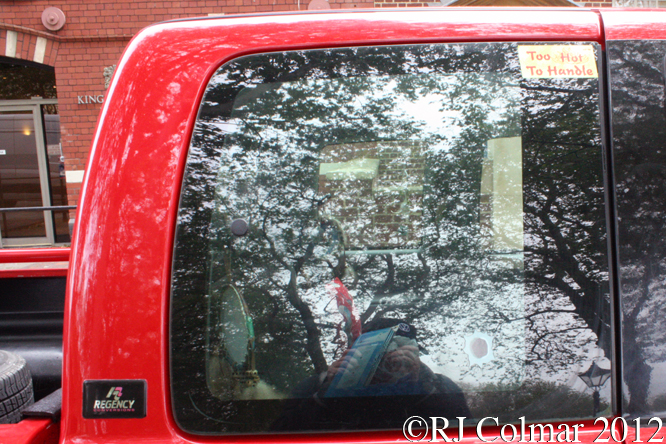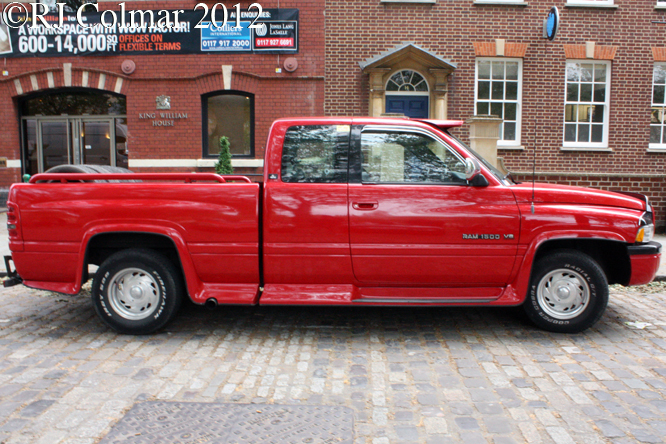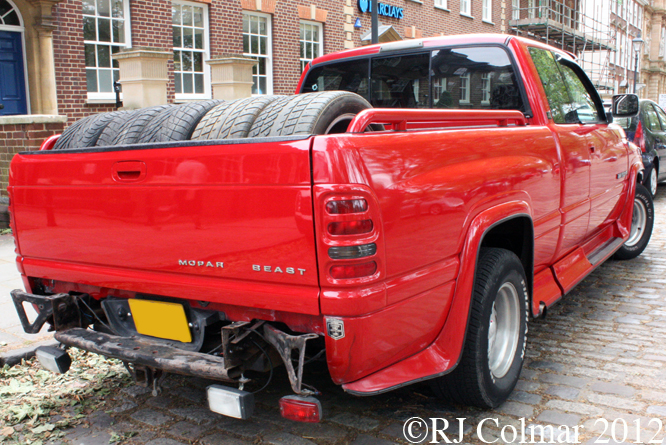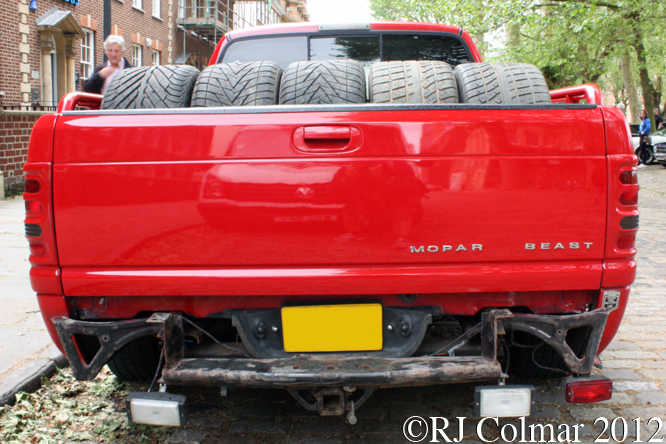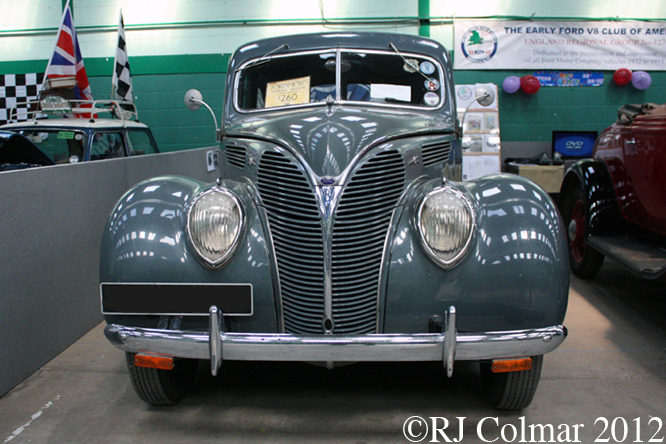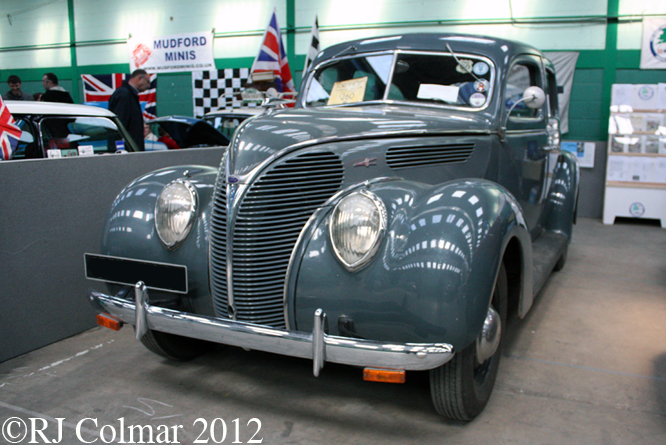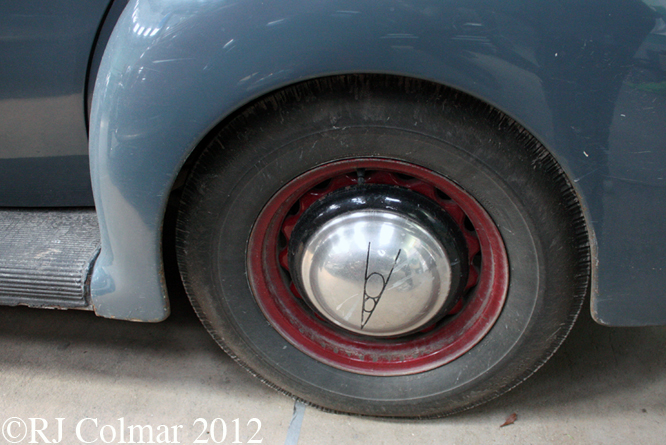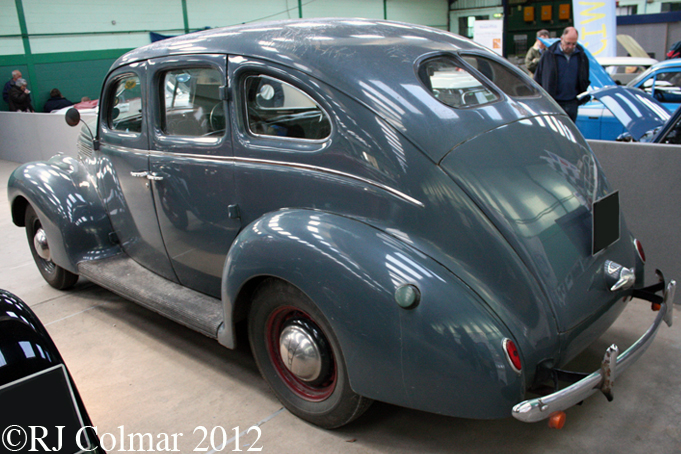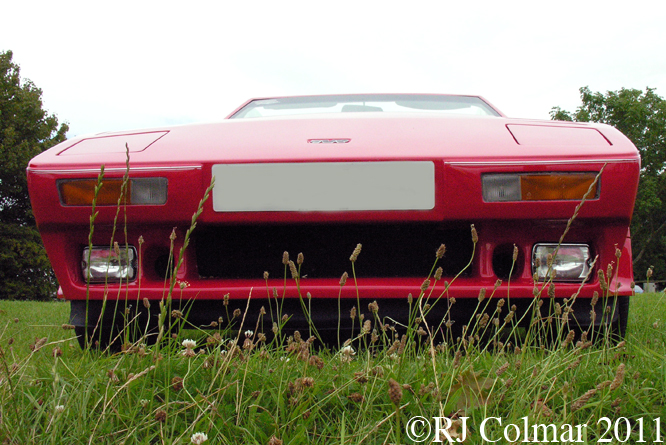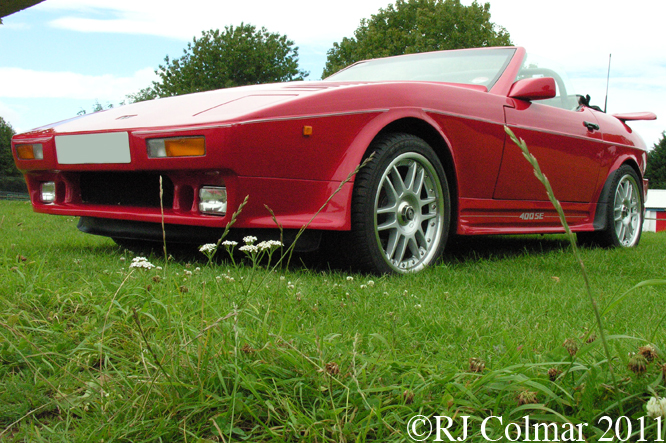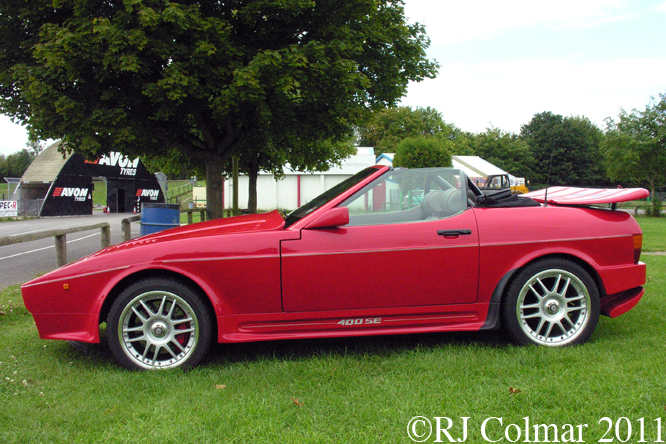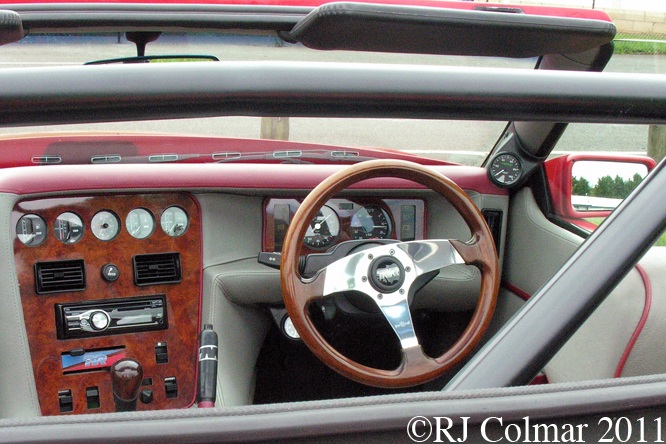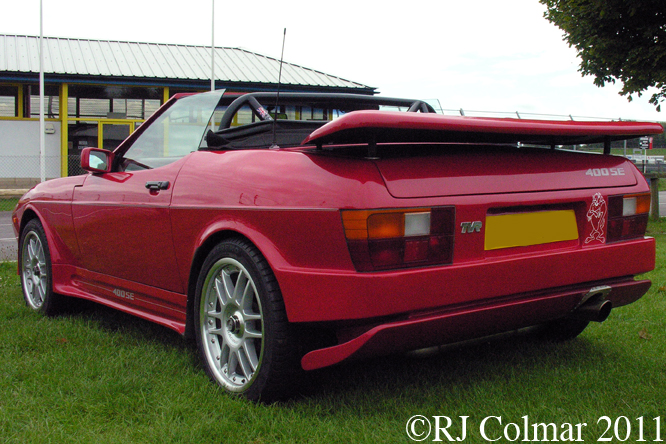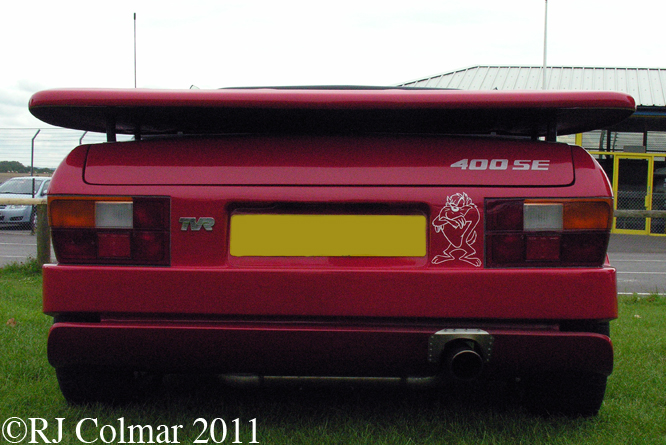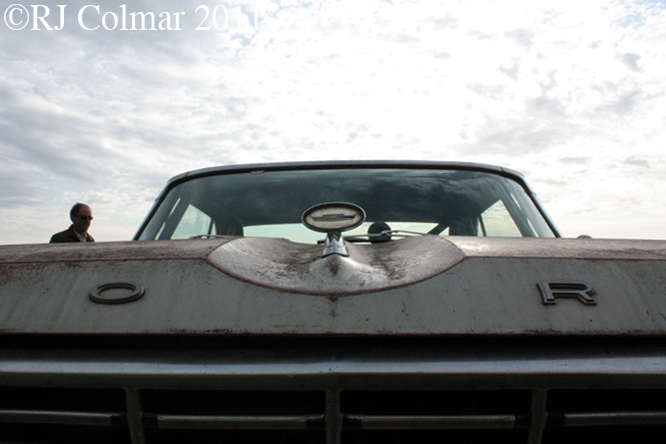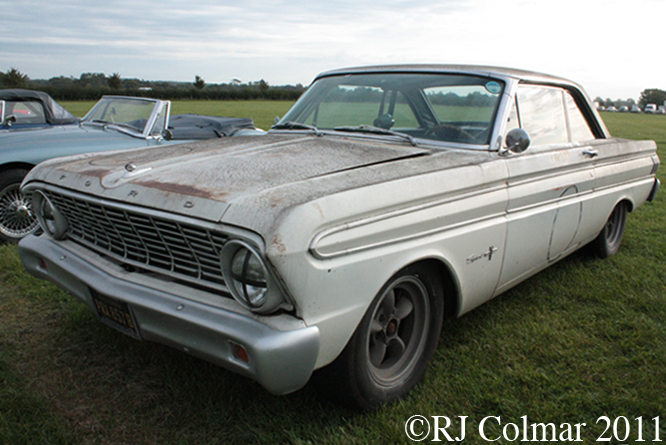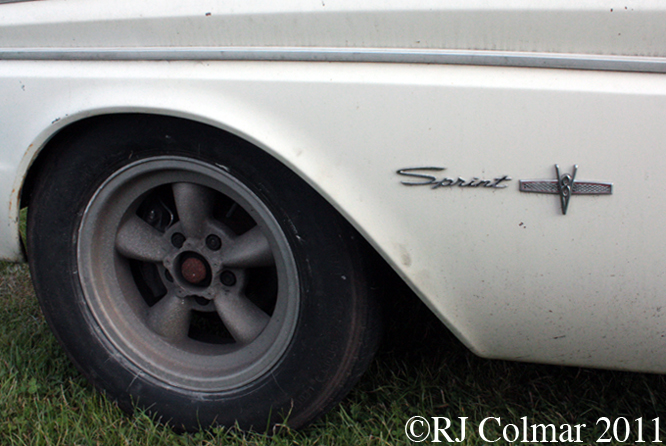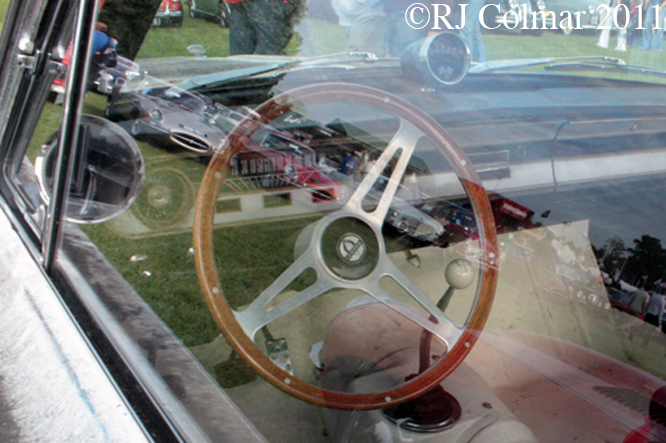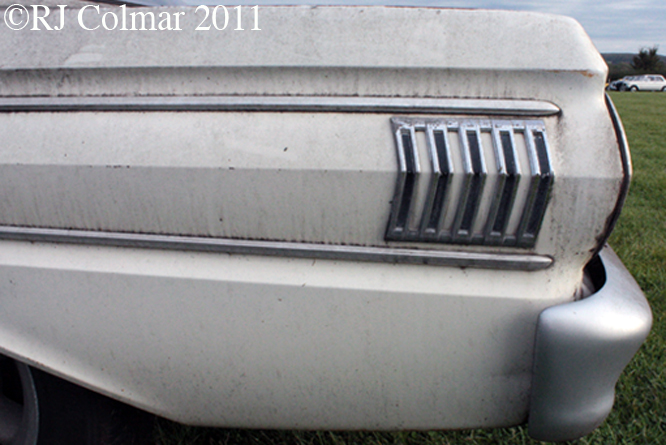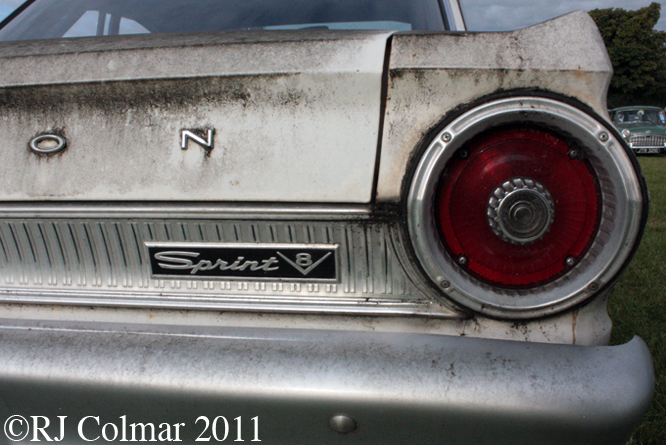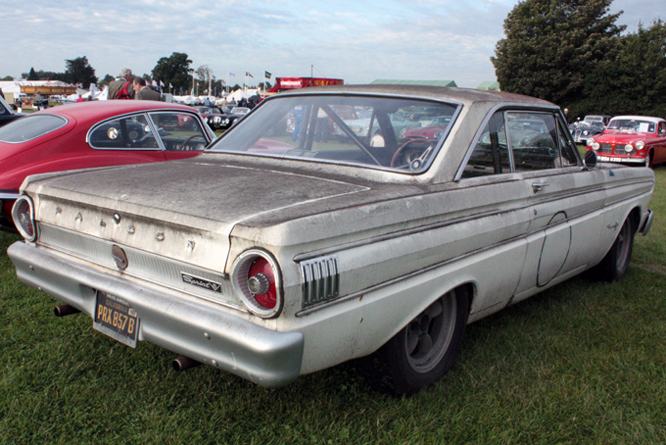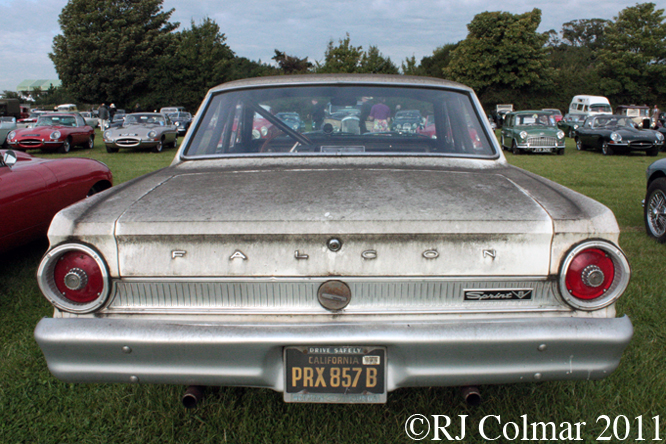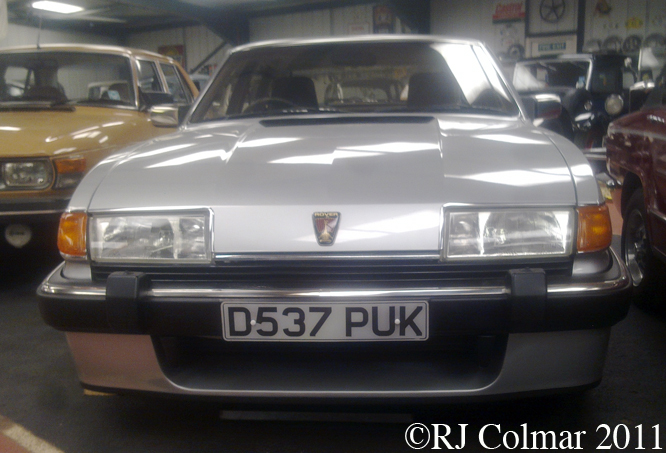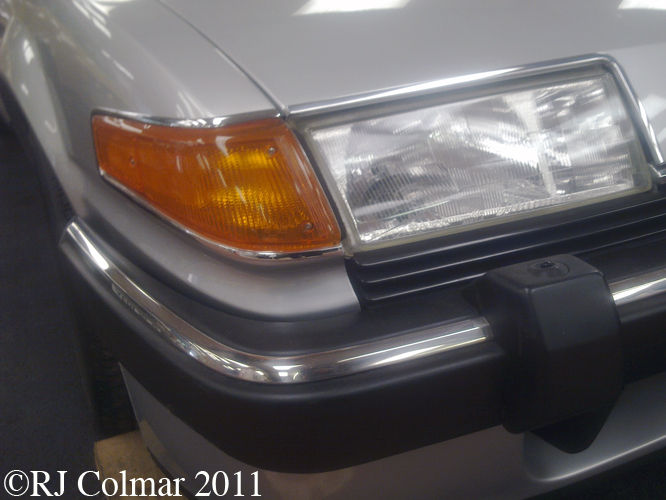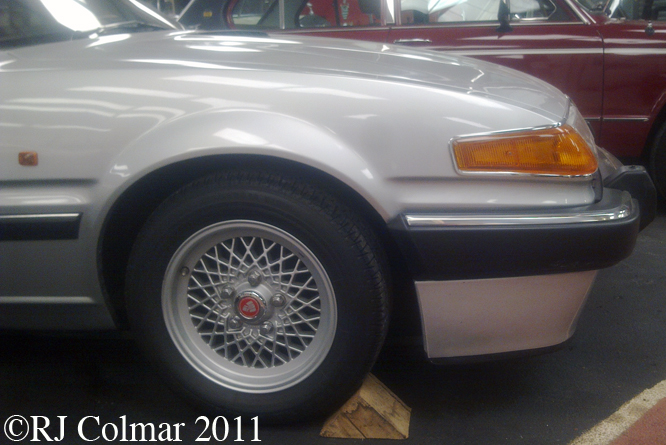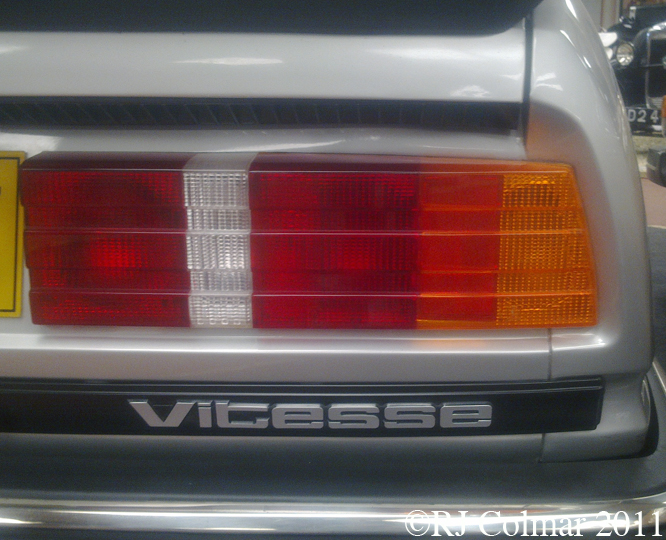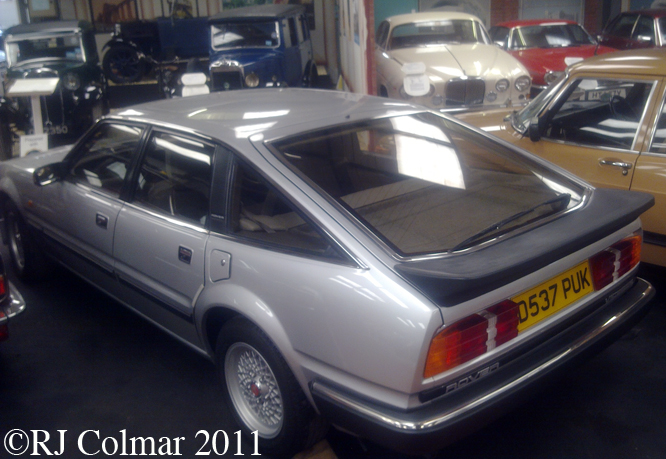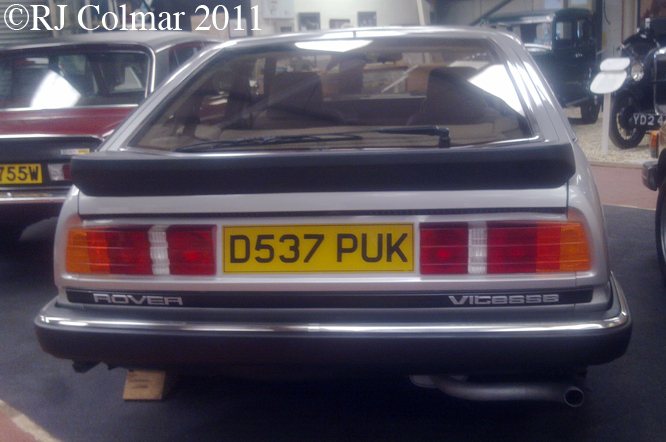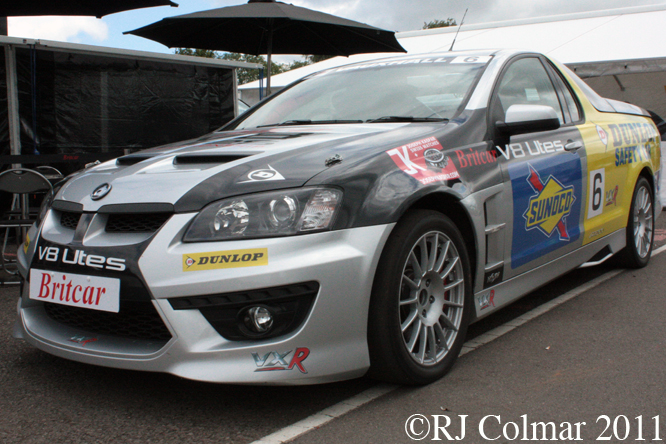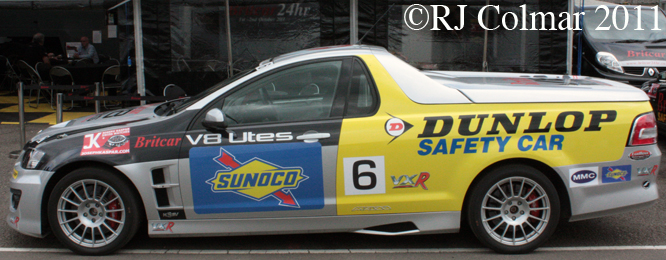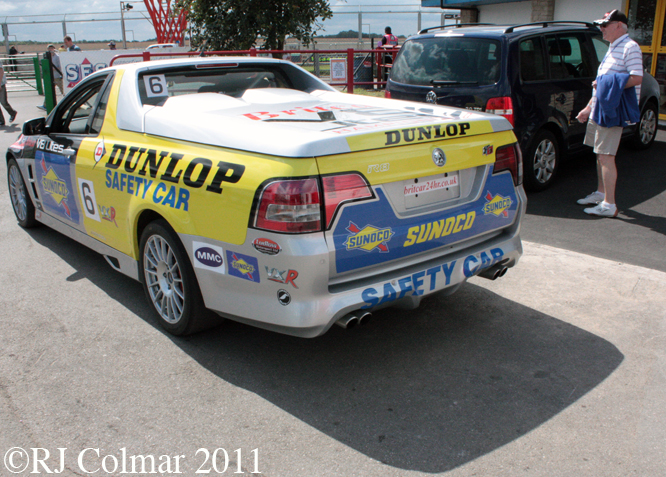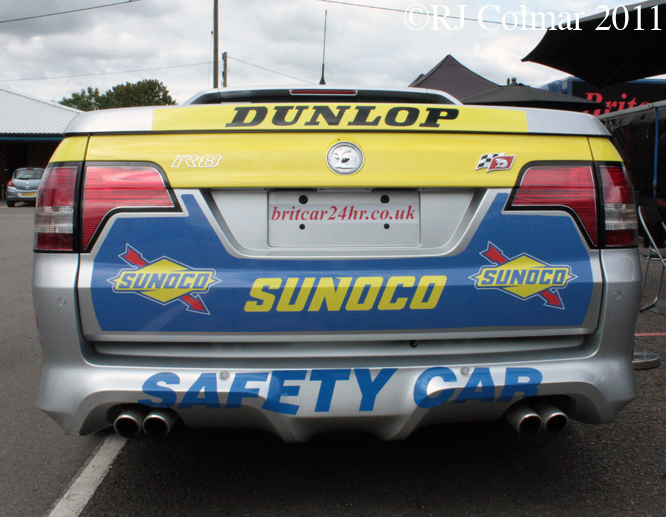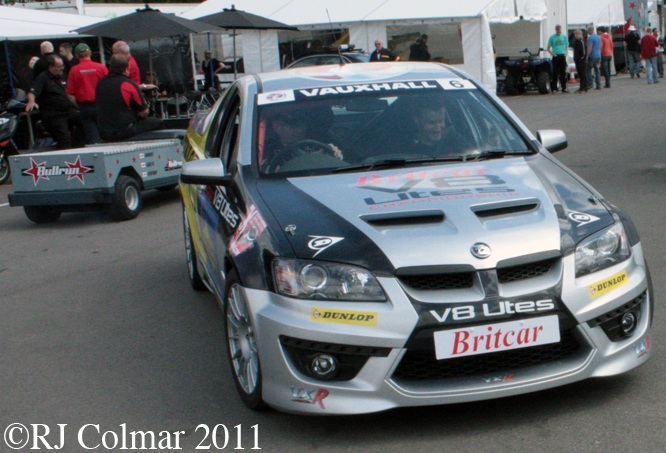1939 saw Ford introduce numerous changes to it’s pickup range including the introduction of hydraulic brakes which most manufacturers had adopted many years earlier.
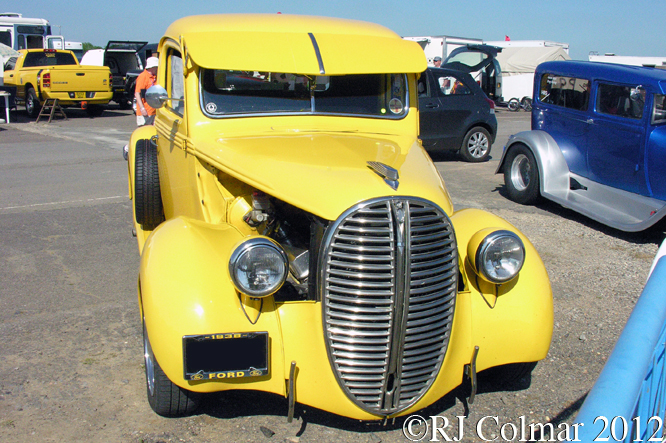
From the front the ’38 Ford Pickup’s were identifiable by the new oval grill, this feature was carried over into 1939. It would appear the grill on this vehicle is a ’38 type distinguished by the V8 logo below the mascot which doubles as the bonnet and hood release. The short base of the ornament on this vehicle indicates that it too is a ’38 item.
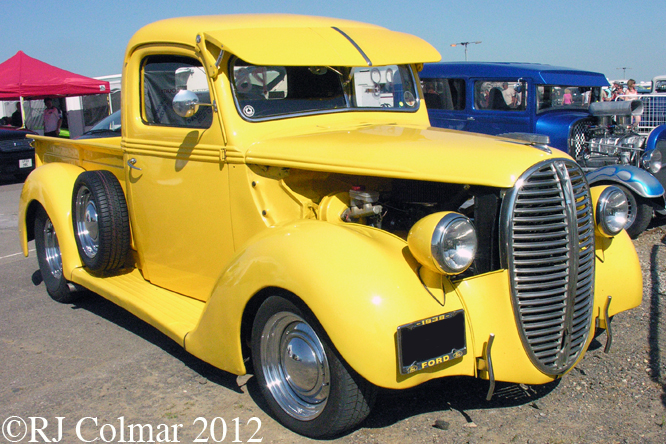
The brake master cylinder can be clearly seen attached to the front bulkhead on this particular vehicle.
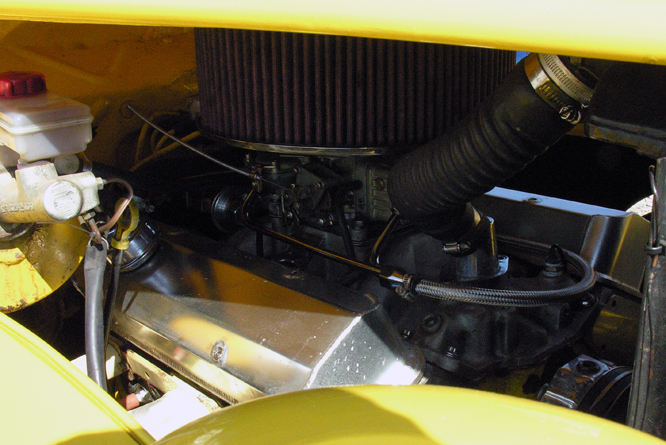
Gone is the original 85 hp flat head V8 the motor under the bonnet / hood here is officially quoted as being 5.3 litres / 323 cui.
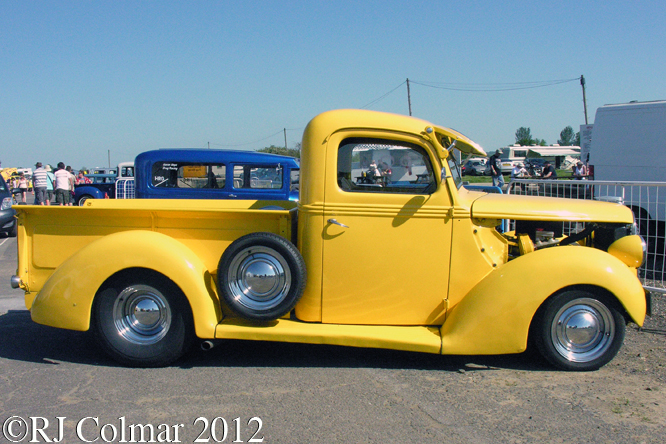
1938 saw the introduction of the 1 ton pick up to partly fill the gap between the 1 1/2 ton and half ton market segments in 1939 saw the introduction of the 3/4 ton size to cover all the pickup size bases.
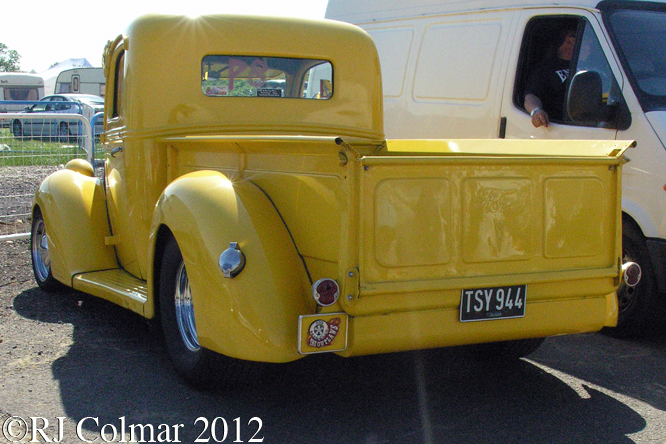
By 1939 Ford was offering it’s truck in seven different colours, not sure if canary yellow would have been one of them but if you do please chime in below.
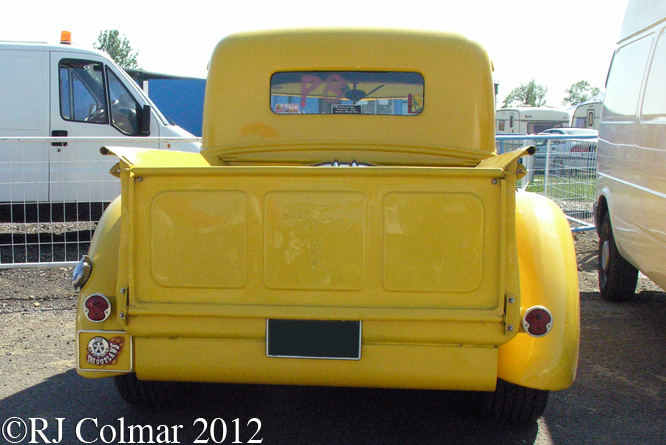
Amongst the options offered to ’39 Ford pickup customers were radio, heater, and passenger side windscreen wiper.
Thanks for joining me on this “Hydraulic Brakes” edition of “Gettin’ a li’l psycho on tyres” I hope you will join me again tomorrow. Don’t forget to come back now !


